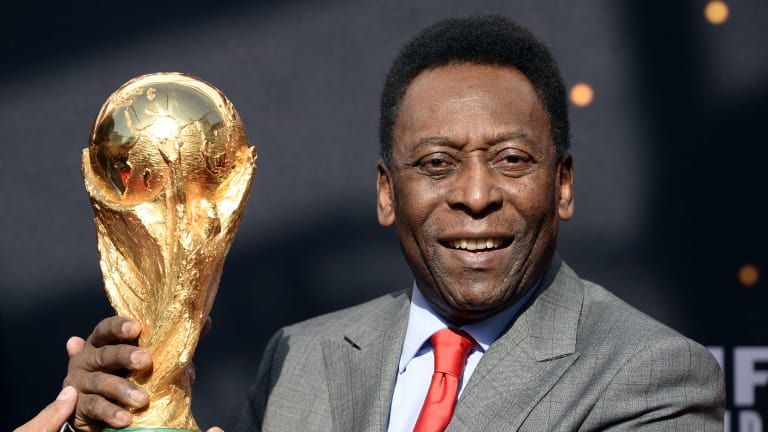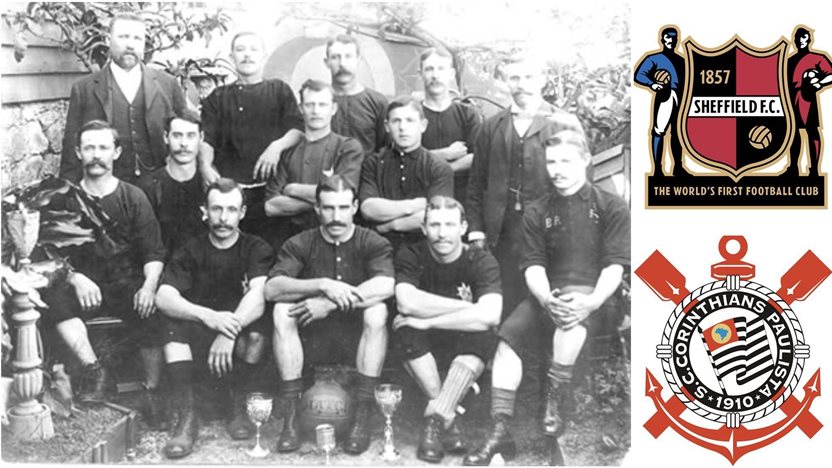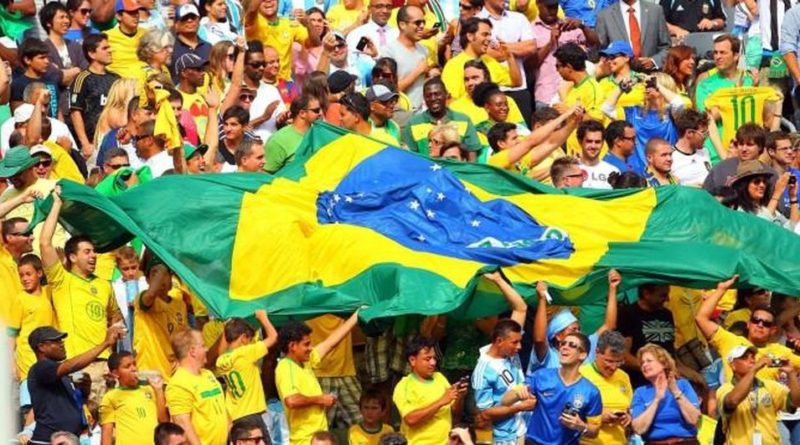As well as being an internationally loved game, football is particularly popular in Brazil. It is the nation’s favourite sport, with men and women, old and young enjoying football. With the most successful team in FIFA World Cup History, it is easy to see why the majority of Brazilians have such passion for the game.
The national Brazilian team won the World Cup five times, in 1958, 1962, 1970, 1994, and 2002, and they first appeared in the World Cup in 1930. They first appeared in the American Cup some years before this, however, in 1916. Interestingly, the Brazil squad is the only national team to have played in every single World Cup tournament since its inception. They are also the only team to have won the championship in four different continents. They won in Europe’s Sweden, South American’s Chile, North America’s USA and Mexico, and Asia’s Korean / Japan competition.
The country has great reason for pride in its football players, and there are over 10,000 professional Brazilian football players for various teams and clubs across the world. Brazilians often refer to their country as the country of football, in Portuguese, “o País do Futebol.”

One of the greatest footballers in the history of the sport hails from Brazil. Edison Arantes do Nascimento, better known as the legendary Pele, was born in October 1940 in the Brazilian town of Tres Coracoes, Minas Gerais. He is one of famous Brazilians and remains the top all time scorer in the history of football. All of Brazil’s leading national team players are known globally and have great recognition in the sporting world. Other well-known names from Brazilian football include Ronaldo, Romario, Rivaldo, Bebeto, Zico, Ronhaldino, Jairzinho, Ademir, Tastao, Zizinho, Careca, Kaka, Luis Fabiano, Adriano, Robinho, Jair, Rivelino, Leonidas and Socrates, although with such a popular and successful team it is difficult to list just a few. There are many more well-known names in addition to those listed. Brazilian footballers are known for their creative styles when playing the game.
Football is taken incredibly seriously in Brazil. Banks close before World Cup games to allow staff to watch games, and all workers take a break from their jobs to support their national team on the pitch. Football is an integral part of Brazilian culture. It draws people together, provides a common bond and a mutual passion. It is a favourite pastime for youngsters, who can often be seen kicking a ball around in the streets. Former Brazilian footballs are held in great esteem in the country, with many being elected in legislative and political positions. There are many free TV channels showing football matches, making the sport widely accessible for all.
Brazilians were introduced to football in the late 1800s, by Scottish expatriates. Sao Paulo Athletic Club was formed in 1888, and a school boy, educated in England, taught the rules of football to interested sportspeople at the club. He gave them some football equipment, and the sport really became popular amongst members. Although the Brazilian Football Confederation was established in 1914, the current format only came into operation in 1959.

A Woman’s Association Football league began in 2007, which whilst not as popular as men’s football is starting to increase in popularity and gain a decent following, despite the sexist attitudes that society still holds regarding football. It is widely believed that women have no place in the world of football, other than as spectators and supporters. Some of the best female players were discovered by accident, and invited to play on the women’s team.
There is a four tier structure with the Brazilian footfall league. One unique facet of football in Brazil is the continued tradition of inter-state tournaments, within the Brazilian State Championships. As well as international and national levels, teams also compete against each other for titles at a state level.
The most prestigious international football event, The World Cup, will be hosted in Brazil in 2014. This will surely make for an electric national experience. The 2013 Confederation Cup is also set to be hosted by Brazil.
Brazil does not have a national stadium, unlike many other countries, so high profile games are rotated between different stadiums.
The current kit design was first worn in 1954. It comprises a yellow top with a green trim, and blue shorts with a white trim. The kit uses the colours of the Brazilian flag, a deliberate choice to try and instill a strong feeling of national pride.

With regards to the men’s national team, the first international game was played against Argentina in 1914. The Brazilian national team suffered their biggest defeat at the hands of Uruguay in 1920, with a 6-0 loss. Their biggest victory was against Nicaragua in 1949, where they blazed to glory with a 14-0 win.
Nicknames of the Brazilian football team include “selecao”, translating as the selection. Little Canary, Canarinho, Little Yellow One, Amarelinha, and Green-Yellow, Pentacampeao, are also common names for the Brazilian national team. There are various different songs associated with the sport.
As a lasting thought, a common saying about football in Brazil is “Os ingleses o inventaram, os brasileiros o aperfeiçoaram”; “The English invented it, the Brazilians perfected it.”

